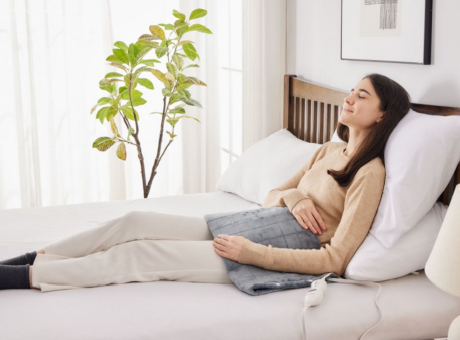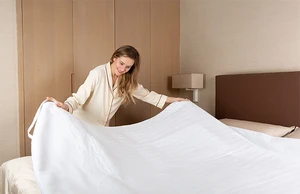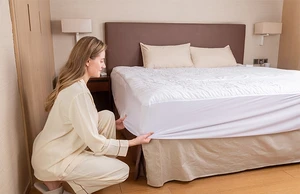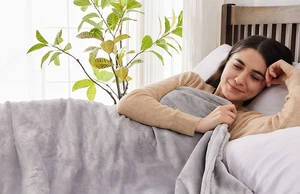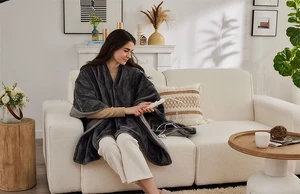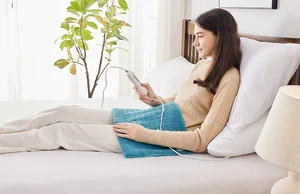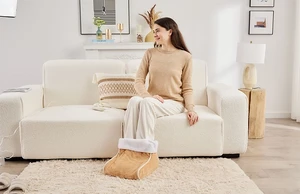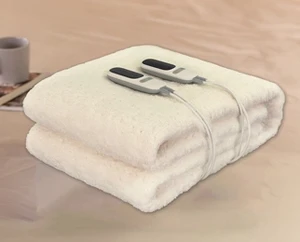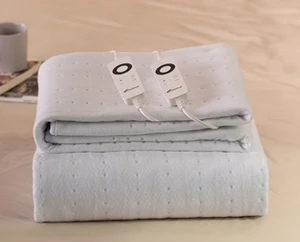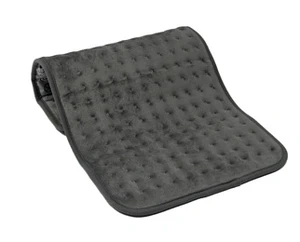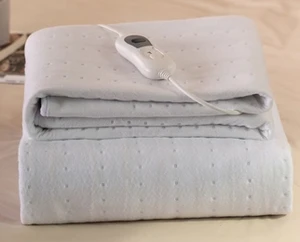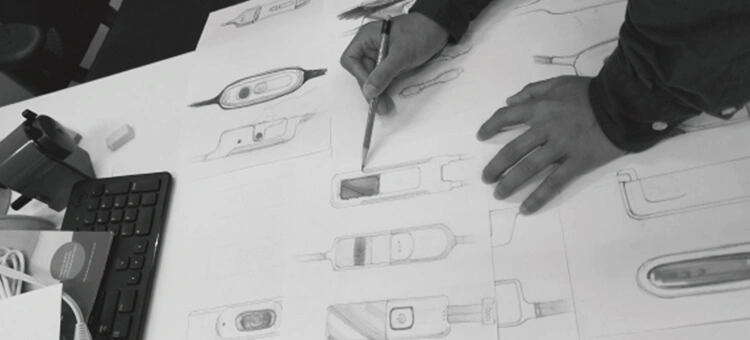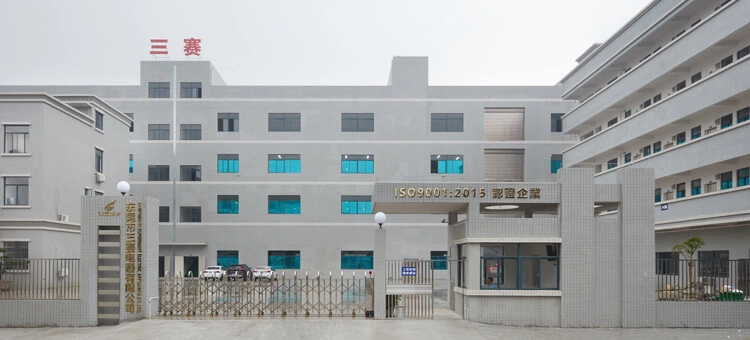1. Purpose of use: In the cold winter, electric heating pads are mainly used to provide extra warmth, helping people resist low temperatures, especially in areas without central heating. They may be used to keep bodies warm by heating mattresses, floors, or office chairs.
In summer, the use of electric heating pads is relatively low, but in certain situations, such as during the rainy season or in humid climates, they can be used for dehumidifying and drying. Additionally, some electric heating pads have dual functions for both heating and cooling, providing a cool surface in the summer.
2. Usage frequency: Because of the low temperatures in the winter, electric heating pads may be used more frequently, especially during nighttime sleep.
In summer, due to the higher temperatures, the usage frequency of electric heating pads will decrease, unless they are used for dehumidifying or as dual-purpose pads for both heating and cooling.
3. Safety: In winter, due to the higher frequency of use, special attention needs to be paid to the safety of electric heating pads, such as overheat protection and automatic shut-off features.
If the heating pad is not used regularly during the summer, it must be carefully kept to avoid leaving it unattended for extended periods of time.
4. Energy conservation: In winter, the energy consumption of electric heating pads may be higher, so choosing energy-efficient electric heating pads can reduce energy waste.
In summer, if the heating pad is not used frequently, energy consumption will be relatively low.
Overall, the differences in the use of electric heating pads across different seasons mainly depend on climate conditions and personal needs. Choosing the right electric heating pad and using it correctly can assure maximum optimal comfort and health benefits in any season.
